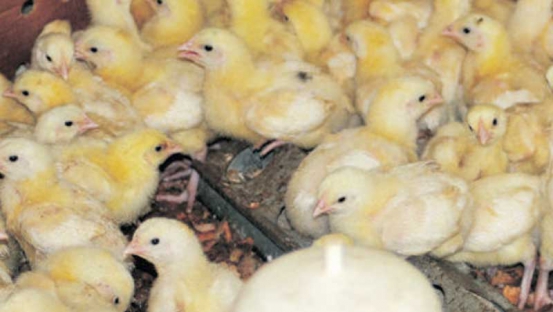×
The Standard e-Paper
Fearless, Trusted News

Three-day-old broilers at Nyamvula Lenga’s poultry room in her quarter an acre plot at Lilongwe, overlooking the Port Reitz Creek in Mombasa County. [Photo: File, Standard]
Victoria Mwelu is a poultry farmer in Tulimani, Makueni County. The chicken house is dark inside and crammed for the more than 30 chickens she rears.